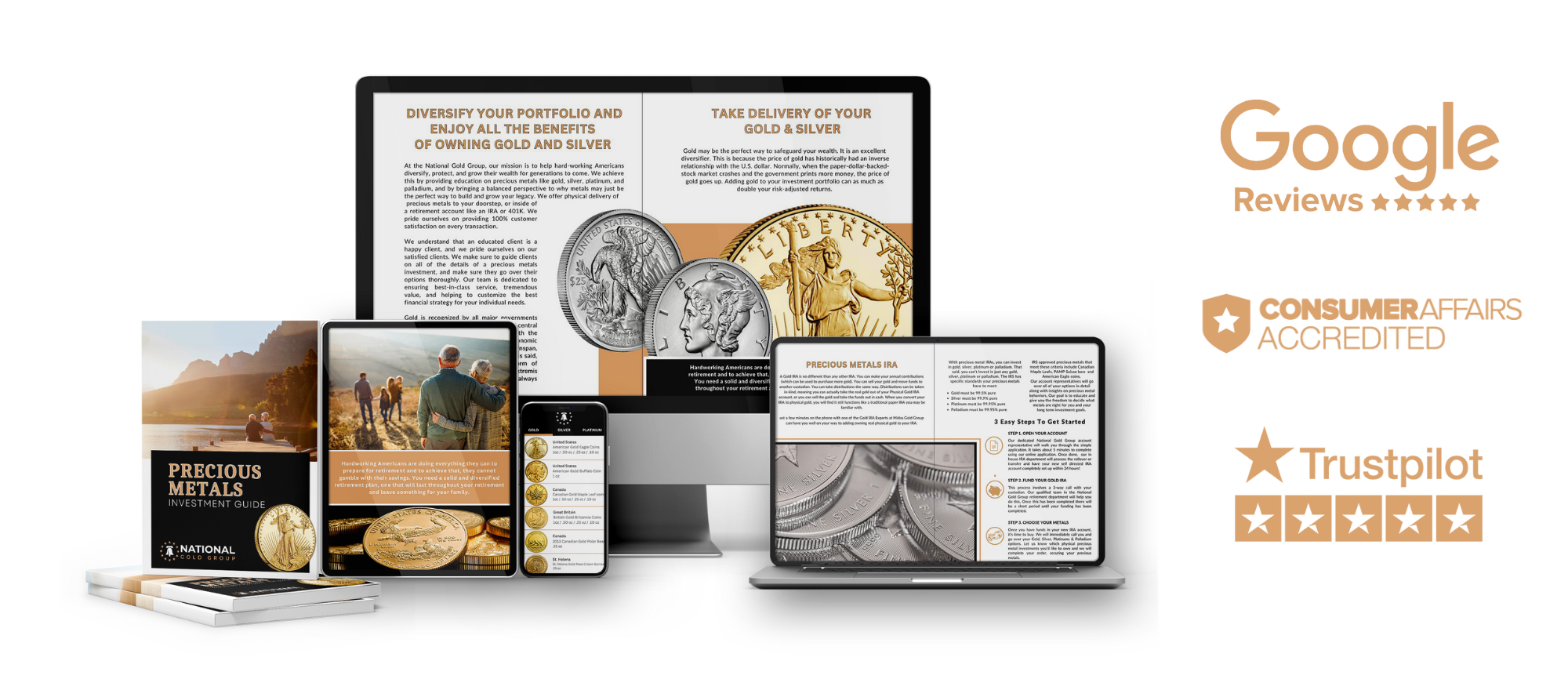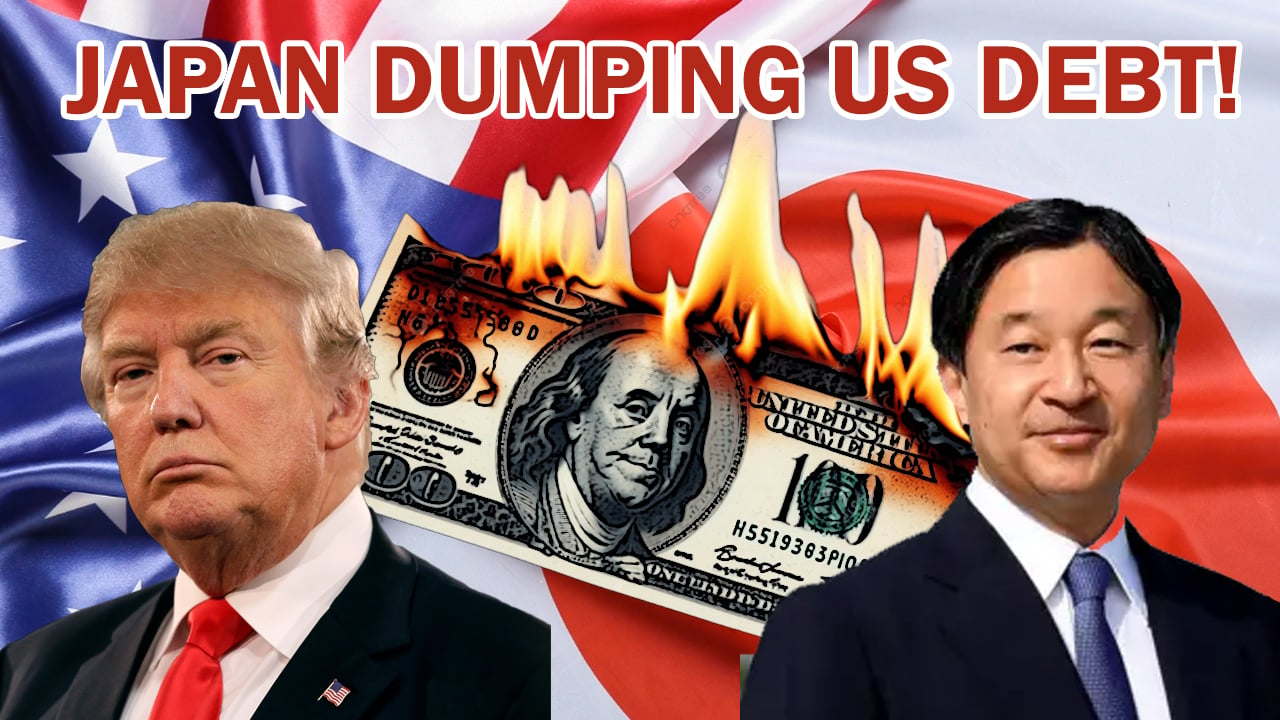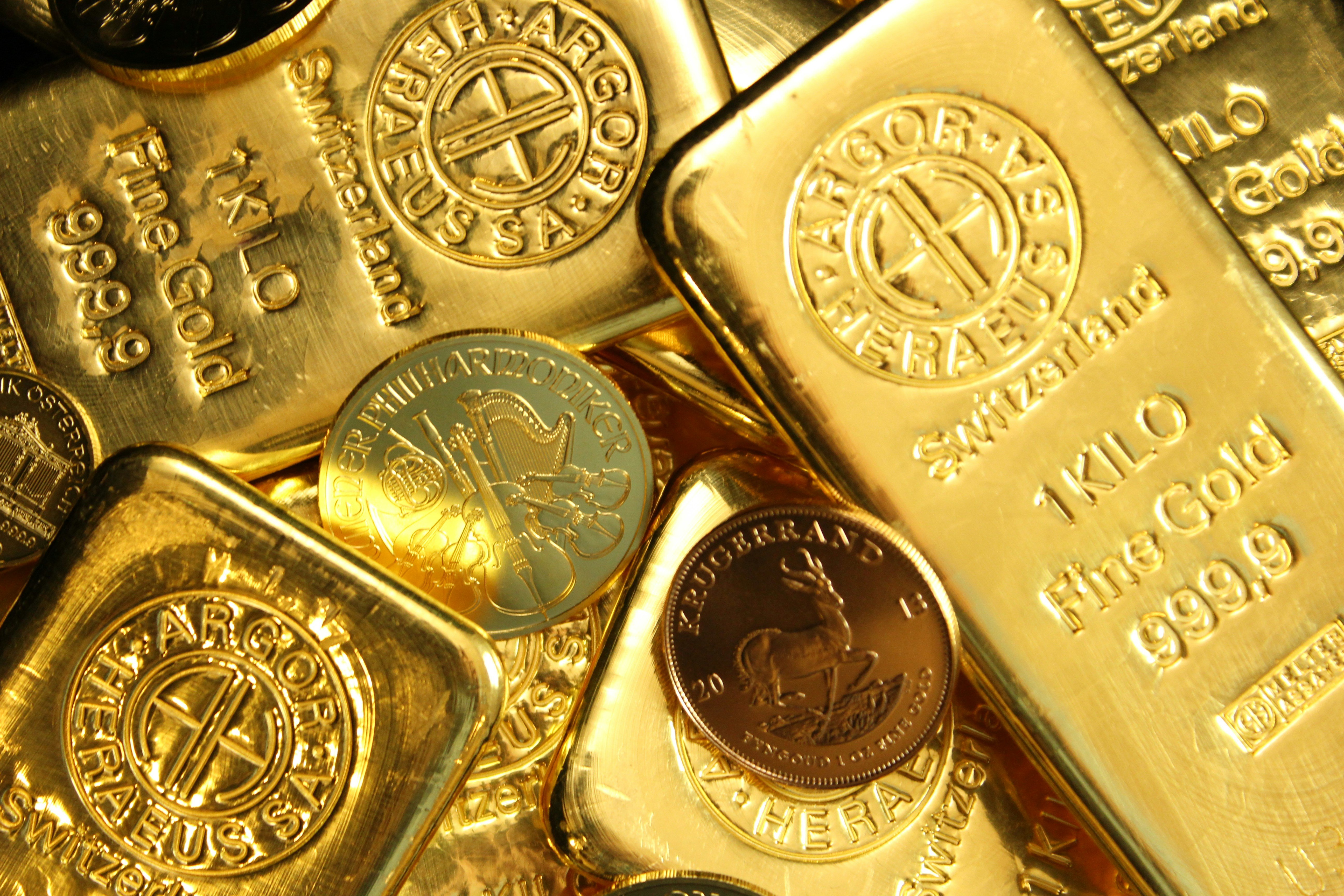KITCO: JPMorgan Chase sees gold prices at record highs in 12 to 18 months

Growing expectations that the Federal Reserve is close to ending its latest tightening cycle and the threat of and impending recession will continue to support gold and silver prices, according to the last comments from JPMorgan Chase.
In his latest research note, Greg Shearer, executive director of global commodities research, said that he expects the Federal Reserve to start cutting interest rates by the second quarter of 2024 and falling real U.S. yields will be a "significant driver" for gold.
According to JPMorgan's mid-year forecast, analysts are looking for gold prices to average the second half of the year around $2,012 an ounce.
Shearer said in his latest note that he sees gold prices averaging around $2,175 an ounce by the fourth quarter of 2024, with further upside risks if the U.S. economy does fall into a recession.
Shearer noted that the deeper the recession is, the more aggressive the Federal Reserve will have to be in cutting interest rates, which would be supportive of gold.
"We're in a very prime place where we think gold ownership and long allocation to gold and silver is something that acts as both a late cycle diversifier and something that will perform as we look to the next sort of 12, 18 months," Shearer said.
The comments come ahead of the Federal Reserve's monetary policy decision. Markets see a 25-basis point hike as guaranteed; however, there is a lot of uncertainty through the rest of the year. Markets see a roughly 50/50 chance that the central bank will maintain interest rates between 5.25% and 5.50% throughout the year.
Some economists and analysts have said that gold in the near term will be sensitive to a hawkish bias from the Federal Reserve as it looks to keep inflation expectations in line.
Looking beyond monetary policies, Shear noted that although speculative positioning in gold has recently picked up, the trade is still not too crowded.
Along with retail demand, JPMorgan also sees solid institutional demand as central banks continue to buy gold and nations diversify further away from the U.S. dollar and hedge against heightened geopolitical risks.
"There's an eagerness here to really buy in and diversify allocation away from currencies," Shearer said.




